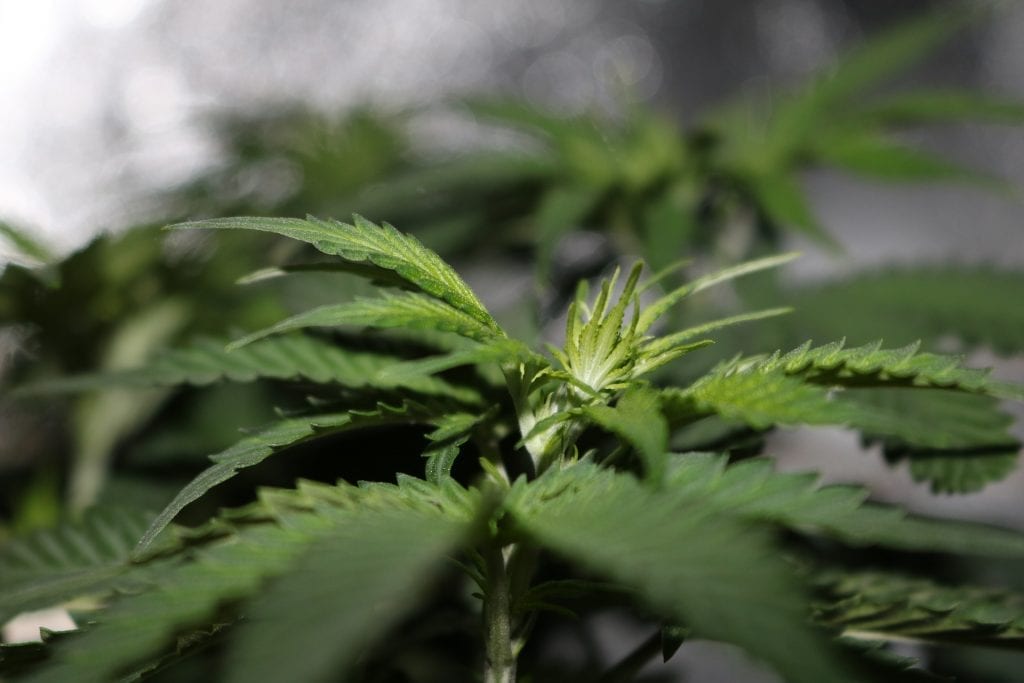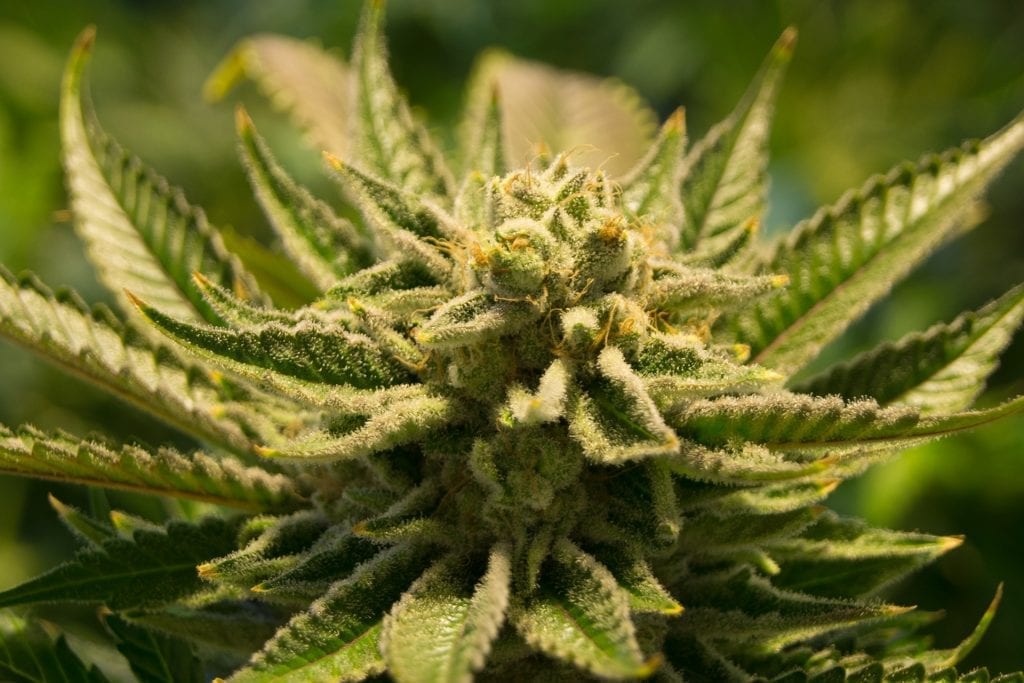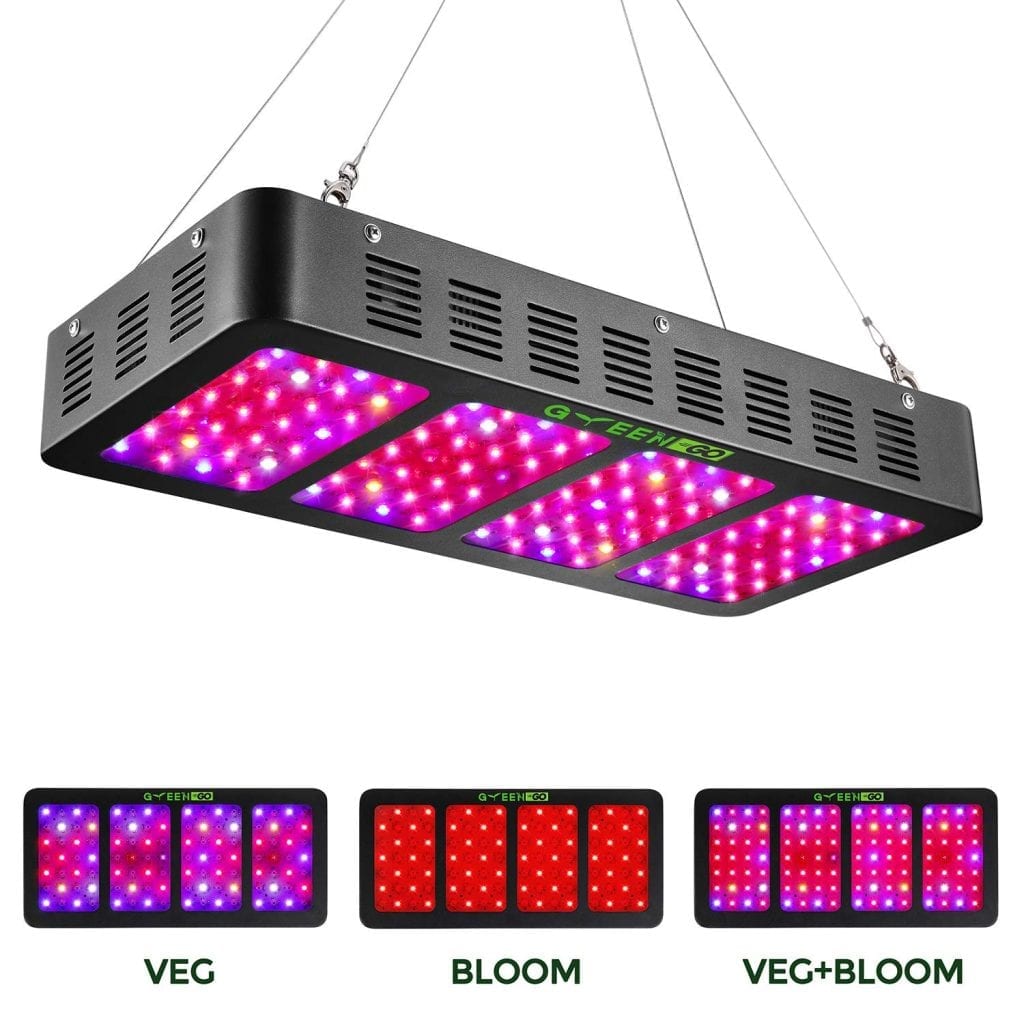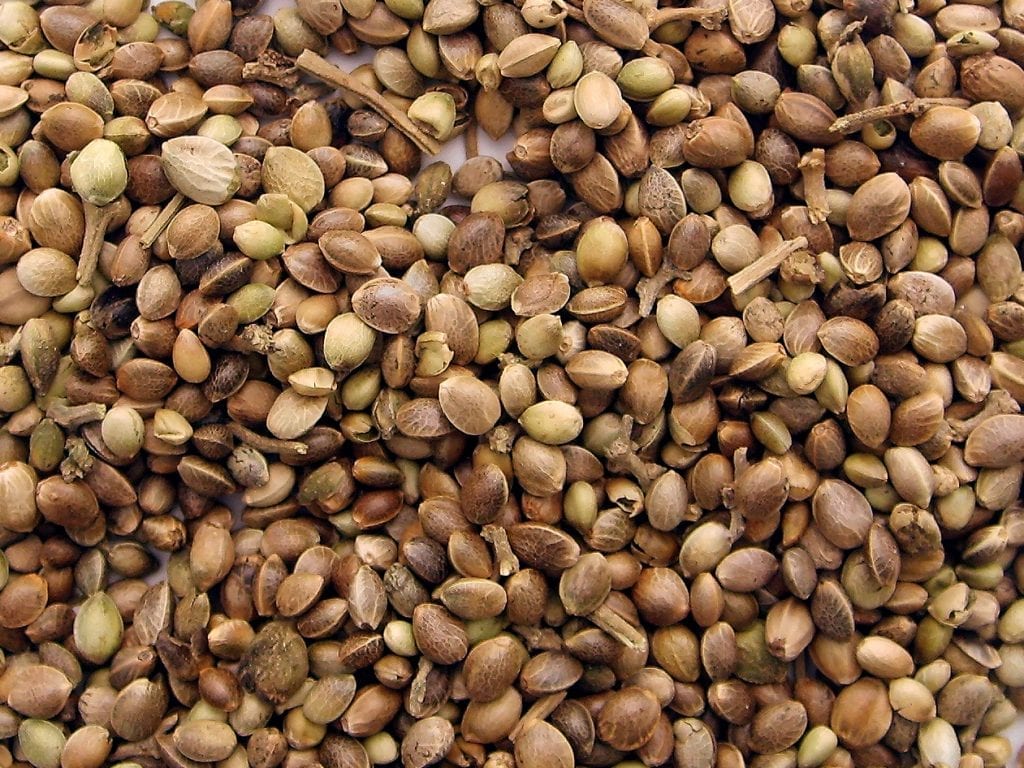Even if you consider yourself an expert at growing cannabis, you might not know all the Cannabis flowering stages. If you are interested in producing high-quality cannabis, you need to understand the different stages of flowering very well. Since the plant exhibits different characteristics during particular stages, you can keep track of your plant growth.

Even though most strains of cannabis take about seven to nine weeks to grow, they do not follow the exact pattern of growth. To help you out, we have described the general stages of flowering cannabis in the following article.
Flowering Stages
Initially, the plant has to pass the vegetative stage in which it grows like a weed. The process is so fast that the plant can produce many inches of stems and leaves in just a day. Good thing is, even in initial stages, it is resistant to harsh conditions.
The vegetative period lasts for around three to four weeks, after which the flowering stages begin. A change in the 12/12 light schedule of the plants is responsible for triggering the flowering stage in many strains.
Let’s take a better look at all the different stages of flowering cannabis.
Transition Stage (Week 1-3)
It takes a few weeks for cannabis to transition into flowering. Since plants cannot stop growing abruptly, the first stage usually lasts for a couple of weeks and is called the transition or flower stretch stage.
By understanding the needs of the plant in each stage, you can ensure a high-quality yield at the end.
Week 1
The first week of flowering is demarcated right after changing to 12/12 light schedules. This involves providing 12 hours of light and 12 hours of darkness to the plant for optimum growth.
When we provide uninterrupted darkness to cannabis, it gets tricked into believing that days are shorter and winter has begun. However, the key lies in continuous darkness, and even a minute of light during the dark period can disrupt the growth of the plants.
This light schedule triggers a growth spurt in the plant to help support the buds in the future. The plant almost doubles in size, grows in height, and stretches further apart. Besides this, these plants have a more significant need for water and nutrients than light during this time.
Therefore, you need to provide adequate growing nutrients during the first weeks. It is recommended to gradually transition from growing to flowering nutrients for the flowering period.
During this week, you should opt for low-stress training for your plants to get a flat, even canopy. This will ensure that all the leaves get optimum light for growth.
Week 2
During this week, you will start noticing the very first white pistils at the junction of stem and the large fan leaves of cannabis. These delicate white wispy hairs will later grow out to become your sought-after buds.
Most importantly, it should be noted that these hairs develop on female plants only. Instead of growing pistils, male plants contain pollen sacs to pollinate the female cannabis. Thus, it is essential to remove any male ones from the grow room to prevent the growth of any undesirable seedy buds.
During the second week, growth starts slowing down, and you need to begin giving flowering nutrients for optimum bud yield. Apart from this, the internode, or the space between leaves, starts disappearing too.
Budlets Formation Stage (Week 3-4)
In this stage, the growth of the cannabis plant slows down, and buds start appearing. It is vital to check for any problems during this stage to ensure a healthy optimum yield.
During this stage, the flower stretch starts declining, and the plants use their energy to form buds instead. Your plant will only show a gradual increase in height, with the white pistils standing tall and straight.
Moreover, you will soon start noticing real buds, right where the wispy white hairs used to be. However, you will not find many trichomes on the cannabis plant. As a result, the plant will not give off a pungent smell.

Since this is quite a critical flowering stage where buds develop, you have to add appropriate nutrients. Unlike the previous stages, the plants are no longer resilient to problems, such as yellow leaves, loss of leaves and discolored burnt leaf tips. Hence, you need to keep an eye on any potential nutritional deficiency or overfeeding.
Bud Fattening Stage (Week 4-6)
During this stage, the buds start fattening up with the substance and grow thick very quickly.
Week 4
In week four, buds start thickening and grow more significantly, while the growth and stretch of the plant halts entirely. Now, all its energy is used in growing the cannabis buds, and you don’t have to continue stress-training.
Any stress training during this stage offers more harm than benefit to the plant. Since the vegetative growth has stopped, the plant cannot recover from harsh treatment. Instead of flattening the canopy during these weeks, you might have to give it a vertical structural support.
Moreover, this stage occurs at a much faster rate than other stages. Such that, you will notice buds fattening up quickly with the white hairs still sticking out at the top.
The larger your bud grows, the more trichomes your plant will produce. As a result, you will start noticing a pungent smell coming from your cannabis plant.
Besides this, you need to provide a balanced amount of nutrients to your plant at this crucial stage. If you overfeed or underfeed, the leaves will start necrosis and turn yellow from either nutrient burn or deficiency. Also, you need to provide adequate water to balance the water loss because of high evaporation rates.
Week 5
As the buds continue to fatten up all over the plant, you will start noticing new buds in new locations on the main cola. At this time, your cannabis plant is at its peak flowering mode.
If you are experienced enough, you can try defoliating strategically to expose the buds to grow lights. Since the plant will not produce any new leaves anymore, you have to make sure to leave substantial foliage behind. These plant leaves will help support the growth of the buds until harvesting time.
The buds and its trichomes will start giving off a very noticeable pungent smell. Thus, you must ensure that you have a proper ventilation system installed in your grow room.
Bud Ripening Stage (Week 6-8)
During these last few weeks of the flowering stage, the buds are incredibly thick, and all vegetative growth has completely halted. The buds start to ripen, and all the energy and nutrients are used to support this flowering phase.
Hence, it is also vital that you don’t provide any organic nutrients to the plant, as it might lead to nutrient burn. Since the plant does not grow any new leaves, nutrients, like nitrogen, can accumulate inside the existing leaves and affect bud development.
As the week progresses, the leaves at the bottom will start turning yellow and falling off. You need to make sure that there isn’t any excessive leaf loss, which might affect the harvest.
Besides all this, you need to adjust the temperature, light, and water according to the needs of your plant. For example, if the plant gets too close to lights, it might suffer from light burns. This is another reason for excessive leaf loss.
Apart from this, keep an eye out for fox-tailing. It involves the growth of a new bud right from the side of an older developed cannabis bud and indicates excessive heat or light on the plant. Moreover, these factors can also bleach the buds and lose their THC potency over time.
Harvesting Stage (Week 8+)
Also known as the late-flowering stage or final flush, this is the time to harvest your final product. Even though this stage varies from strain to strain, most of them become ‘Ready to harvest’ after eight weeks, or more.
The first step to get your crop ready involves flushing the cannabis a couple of weeks before the final harvest. This consists of halting any use of nutrients and providing pH-balanced water to the plant.
In return, the water will flush out the excess nutrients and salts to give a higher quality yield. Along with this, the flushing will help the plant get rid of all the chemicals that might taint its taste or smell.
The next step involves identifying the right time to harvest your crop. It should be noted that the harvesting period does not extend more than a week. After this time, the sought-after THC will convert to a less potent CBN.
There are two ways to identify the right harvesting time. Firstly, the white pistils start turning darker in color until they become orange. Secondly, the trichomes start to turn opaque or milky white. When the trichomes start turning amber, it will show that THC is turning into CBN.
Moreover, the cannabis plant reaches full potency when only a small portion of trichomes are amber, and the rest are all milky-white.
Lastly, the cannabis plant reaches an overpowering pungent smell right before harvest. You can use a carbon filter to manage the strong odor in your grow room.
Tips on Treating the Plant during Flowering Stages
As mentioned above, you need to be careful of a lot of factors while your plant goes through the different cannabis flowering stages. Not only do you have to maintain the right environment, but also, ensure provision of specific nutrients at different stages.

Read the following tips to help grow cannabis more efficiently.
Cutting Dead Leaves
Since the cannabis plant eventually halts its vegetative growth to let the buds develop, new leaves do not grow in the latter half of the flowering stage. Therefore, you must not over cut the leaves.
Only cut those branches and leaves that are already dead, to help your buds grow well later. Instead of cutting off the leaves early for taste, wait for them to reach the final stages for optimum flavor.
Supporting Buds
After the buds start fattening, they must get adequate light for growth. However, the foliage tends to hide the buds away from the grow light. In such circumstances, you can give structural support to the plant to keep the buds close to the light.
Nutrient Burn
Just like how a deficiency in nutrients can cause a problem in your crop, overfeeding your cannabis plant can also have detrimental effects. Called as nutrient burn, the tips of the leaves start turning yellow, indicating overfeeding.
Therefore, it is vital to provide balanced nutrients to the plant during each flowering stage.
Carbon Filter Ventilation
As the buds develop, fatten up, and reach the end stages, they start giving off an overpowering pungent smell. For optimum growth of the plant, you need to ensure that the plants have a constant supply of fresh air concentrated with carbon dioxide.
A carbon filter ventilation system will help to remove the sharp smells from the grow room and provide fresh air for your plants.
Avoiding Light Burn
As explained above, these plants follow a light cycle for their growth. To start, when you switch to 12 hours of darkness, you cannot let the light fall on the plants. Otherwise, it will disrupt the growth of the whole cannabis plant.
Even though the plants need strong light for growth, there is always the issue of high temperatures and high-intensity light bleaching the leaves. Therefore, it is advised to keep the light about 12 to 36 inches above the canopy of the leaf, depending on the wattage of the grow lights.
pH Levels
Unlike the vegetative stage, these plants are not resilient to problems in the later flowering stages. Hence, you need to keep a check on the pH level of the growing medium.
If you see curly or wrinkly leaves, it will indicate a change in the pH levels of your plant. For optimum growth, keep the level between 6 and 7.
Conclusion
All five cannabis flowering stages have their unique characteristics. Thus, the plants’ requirements also vary from one stage to another. If you are planning to grow cannabis, it is crucial to learn these differences to differentiate between each stage.
As mentioned in this article, it will help you to yield high-quality, pure cannabis at the end.
Table of contents




